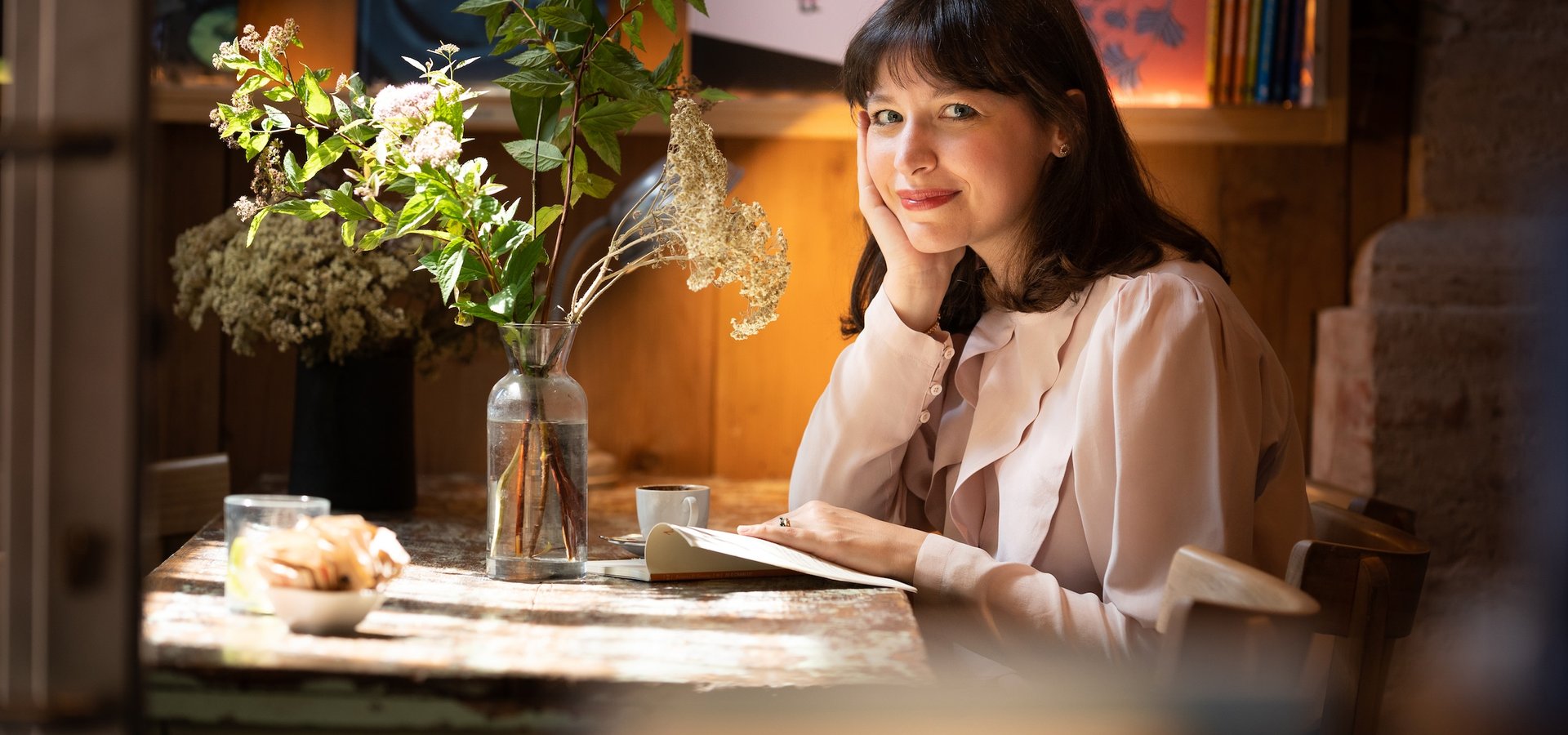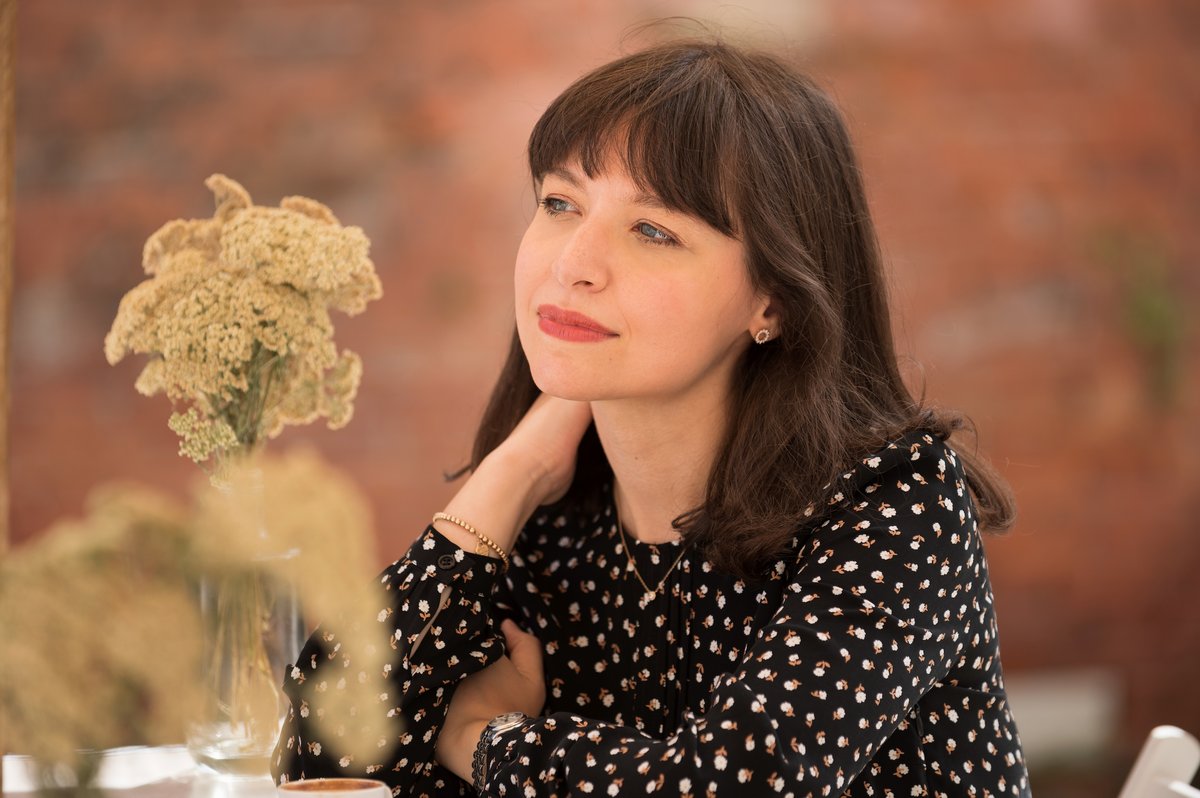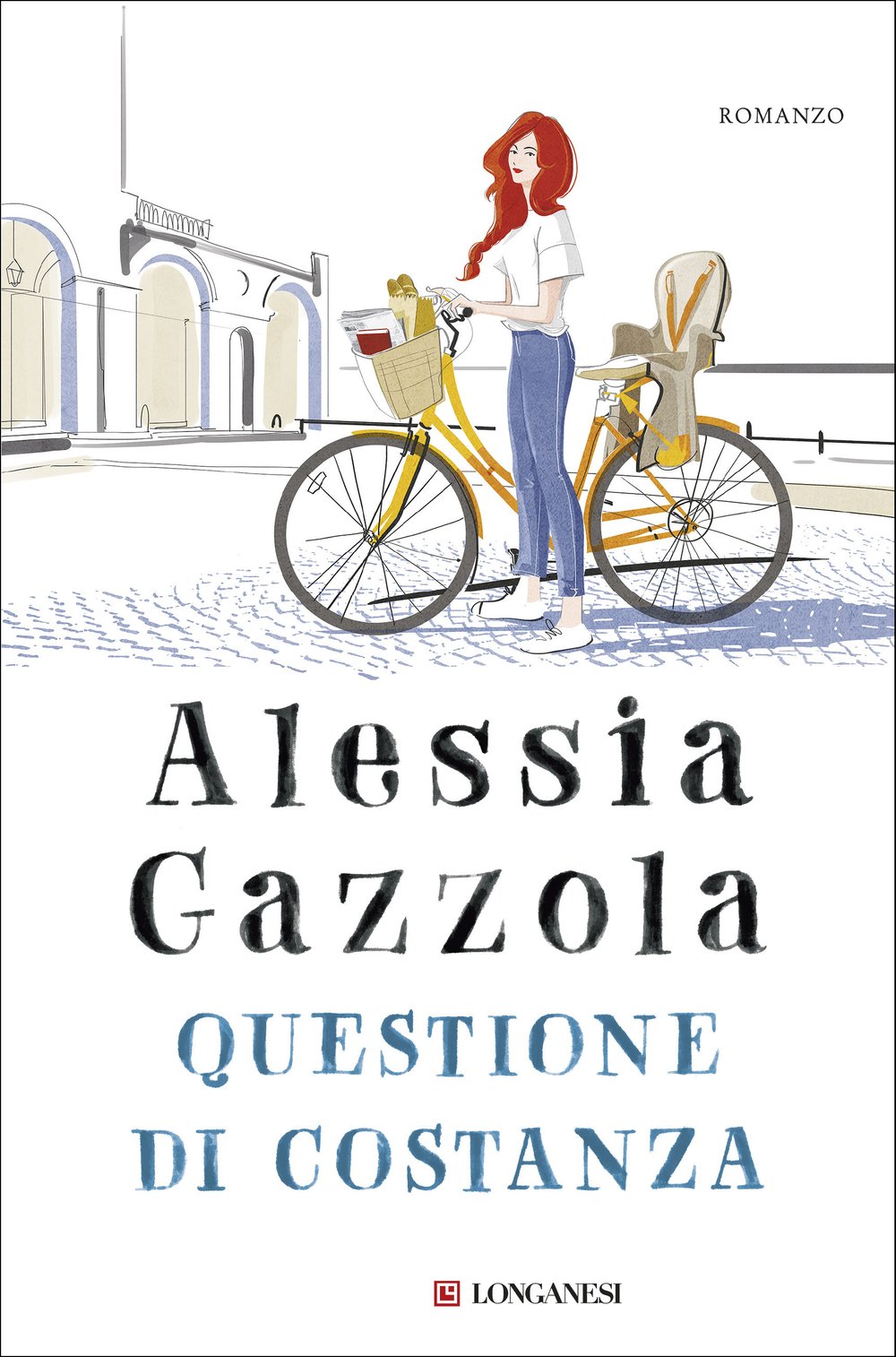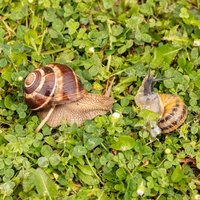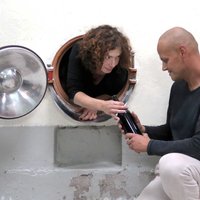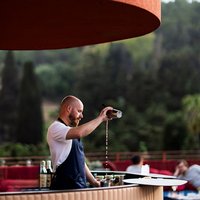Born on the shores of the Strait of Messina, a land rich in incredible stories like that of Scylla and Charybdis, or the poetic hero Colapesce, Alessia Gazzola now writes successful novels from her adopted city, the elegant Verona. Known from her debut for the bestseller L’allieva, which was followed by eight more novels, Alessia Gazzola continues to craft captivating plots, drawing inspiration in style from a genre she considers her guiding light: chick lit.
Her books, sold throughout Italy, have also gained international acclaim, being translated into over six languages, even reaching as far as the Land of the Rising Sun, Japan. But when does a writer like Alessia Gazzola know it's the right time to sit down at the keyboard? She personally shares this with It’s Genio, revealing her typical day, her writing habits, and the sources of inspiration that help shape her characters and novels.
What time of day do you prefer to write?
“I am obliged to write in the morning—and they say the morning has gold in its mouth—but it really takes me a long time to get going. So, I realize that sometimes the morning can be the most frustrating time, because I find myself trying to conceive the composition of the scene (who’s there, where they are, and what they will say). But before I can really focus and make it work, it takes hours of work. I find that I'm actually much more focused and in tune with the scene in the evening, but I can't always write in the evening due to family obligations. It’s a constant chase for the best moment… which, really, what is it?”
Do you prefer to write at home, outdoors, or perhaps in cafés?
"Not in cafés, I feel extremely observed. I need a lot of privacy to write, which is why even on a plane it would be impossible for me because the spaces are too tight... I’d see my neighbor inevitably glancing at what I’m writing, and I could die! I get uncomfortable even if someone enters the room to grab something... I instinctively lower the computer monitor immediately! I also like to change scenery, I think it really helps the imagination, so for example, a place where I feel good writing, other than my studio, is in libraries. So, from time to time when I’m in a creative crisis, I go to write in a library.”
How much does daily life inspire you, and how much do you create and shape to your liking to achieve the perfect mix for your novels?
"I’d say I try to keep daily life a bit separate, to maintain a strong division between my personal life, what happens in my day-to-day, and my relationships with others… I always try to keep the two compartments very well separated. It’s inevitable, however, that my emotional universe at the moment will generate a mood within the book. So, let’s say that nothing autobiographical happens in my books, ever. But perhaps many of my thoughts, which I produce in a certain circumstance, end up in the book at a completely different moment experienced by the characters.”
And what about current events?
"I never let current events enter the novels, though (at least not the one I’m writing now) they try to be very contemporary. For example, Una piccola formalità is full of references to the historical moment in which the events take place, both in the part where the protagonists were in school—talking about 2006—and in the present part, it was 2022 when I wrote it and when the events take place, and there are many references to contemporary times. It’s full of those references because Rachele was a journalist, and so she had to have her antennae finely tuned to catch what was happening at that moment.”
Before writing about the place where your characters move and develop their story, do you choose one you know like the back of your hand, or do you let your imagination take you to one you don’t know?
"There’s no fixed rule; I’ve done a bit of everything in my novels. Sometimes I’ve chosen places I knew very well, for example in Costanza I chose Verona, which has become my adopted city. Other times no, for example when I wrote Un tè a Chaverton House, I had never been to Dorset, unfortunately... so I relied on imagination and reconstruction through photos, books, films, and I tried to start from there. Other times I invented the places, for example, the island of Levura, which I described in Lena e la tempesta, is a place I invented, it doesn’t exist even though I know readers tried to find it... in reality, it’s an island that is somewhat halfway between the Egadi and the Aeolian Islands.”
Have you ever explored a city or even just a building for your stories?
"Absolutely yes, and more than once! Actually, it’s the houses that stir something in me. For example, going back to Lena e la tempesta, the inspiration came to me when I was in Panarea, and I photographed a lot of houses that could have been Lena’s house. Last summer, I was in Biarritz, and I could have set a novel in at least five houses I saw... So yes, places are always co-protagonists… but it’s something I developed more over time, not from the beginning: it’s a sensitivity that I discovered in myself as time went on. It doesn’t apply so much to L’allieva, where I was looking for a very neutral backdrop, a very metropolitan Rome because I wanted that kind of background, of the noisy, busy city. I could have chosen between Rome, Turin, and Milan, but in the end, I chose Rome because it was the one I knew best.”
Fluid, lively, and to be devoured one page after another, Alessia Gazzola’s novels can now be found on the shelves of almost every home in Italy and beyond. Moreover, her brilliant writing has brought her characters to life on the small screen: L’allieva earned a prime-time slot on Rai from 2016 to 2020, and the author is currently working on a new series based on the novel Questione di Costanza, which features Costanza, a doctor at the Institute of Paleopathology. Besides the series, she’s also working on a new book, but Alessia prefers to keep silent about it for now... the only hint? It will be set in a past era.

